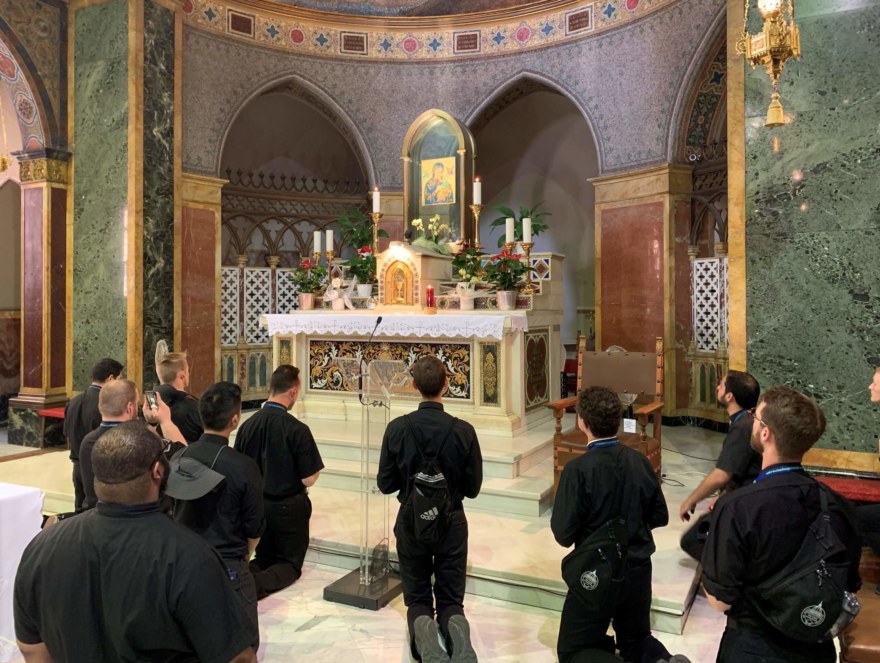Modern Martyrs | Reflections from Rome 2022
Tertullian, a second century Church Father, famously described the blood shed by the martyrs as the seed of the Church’s perennial growth. Anyone like myself who makes a pilgrimage to Rome such as the pilgrimage that is the Rome Experience is keenly aware that they are entering a city whose soil is saturated in the blood of the early Christian martyrs. Anticipating this summer, I looked forward to praying with the saints who gave their ultimate witness to Christ during times of persecution in Rome: Peter and Paul, Ignatius, Cecilia and Agnes, to name a few.
What I was not expecting, however, was to discover a relatively modest church on Tiber Island (which is what it sounds like, a small island in the middle of the Roman river) that houses second-class relics (objects owned or used by the saints) of contemporary Christian martyrs from around the world. The tenth century church, the Basilica of St. Bartholomew, was dedicated in 2000 by Pope St. John Paul II as a memorial to the new martyrs of the 20th and 21st century, a timeframe in which there have been more martyrs than in the previous nineteen centuries combined. Over the past 22 years, the basilica has converted six side chapels to be dedicated to these martyrs from our own age. Four of the chapels represent different geographic regions, while the other two commemorate Christians killed under Nazism and Communism.
During the Rome Experience, I have made several trips to this church. Each time, I find myself moved in a way not unlike and yet distinct from the experience praying before the early martyrs. The relics housed at St. Bartholomew are those used by men and women who inhabited a world that is very close to the one I inhabit. In some cases, it is the very same world. At St. Bartholomew, I can pray before the breviary of Fr. Jacques Hamel, a French priest who was murdered while saying Mass in 2016, remembering where I was when I heard the news of his martyrdom. In another chapel, I can view the religious habit of a religious sister murdered in South Sudan a mere ten months ago.
Whereas the blood of the early martyrs nourished the nascent Church so that it could fulfill the Lord’s commission to go out to all the world, today the relics of contemporary martyrs from all over the world have returned to Rome, nourishing the heart of the Church so that she may remain ever ancient and ever new. After discovering St. Bartholomew, my prayer is that every pilgrim to Rome might visit this basilica and receive the grace that the early Roman Christians received from the witness of their martyrs to follow Christ regardless of the cost.
Joseph McHenry
Archdiocese of Washington


